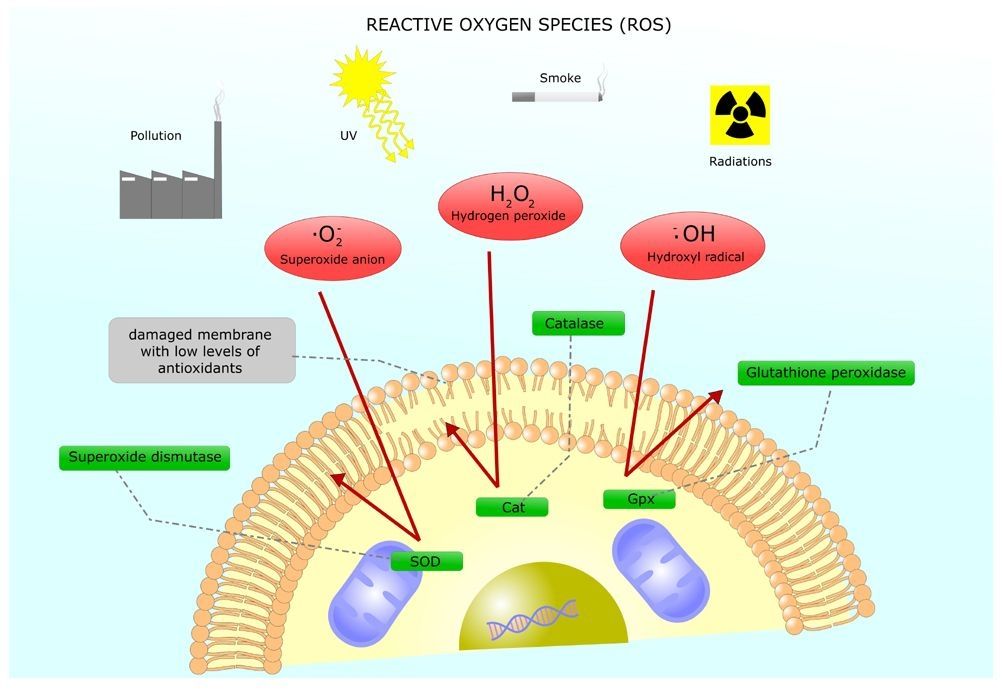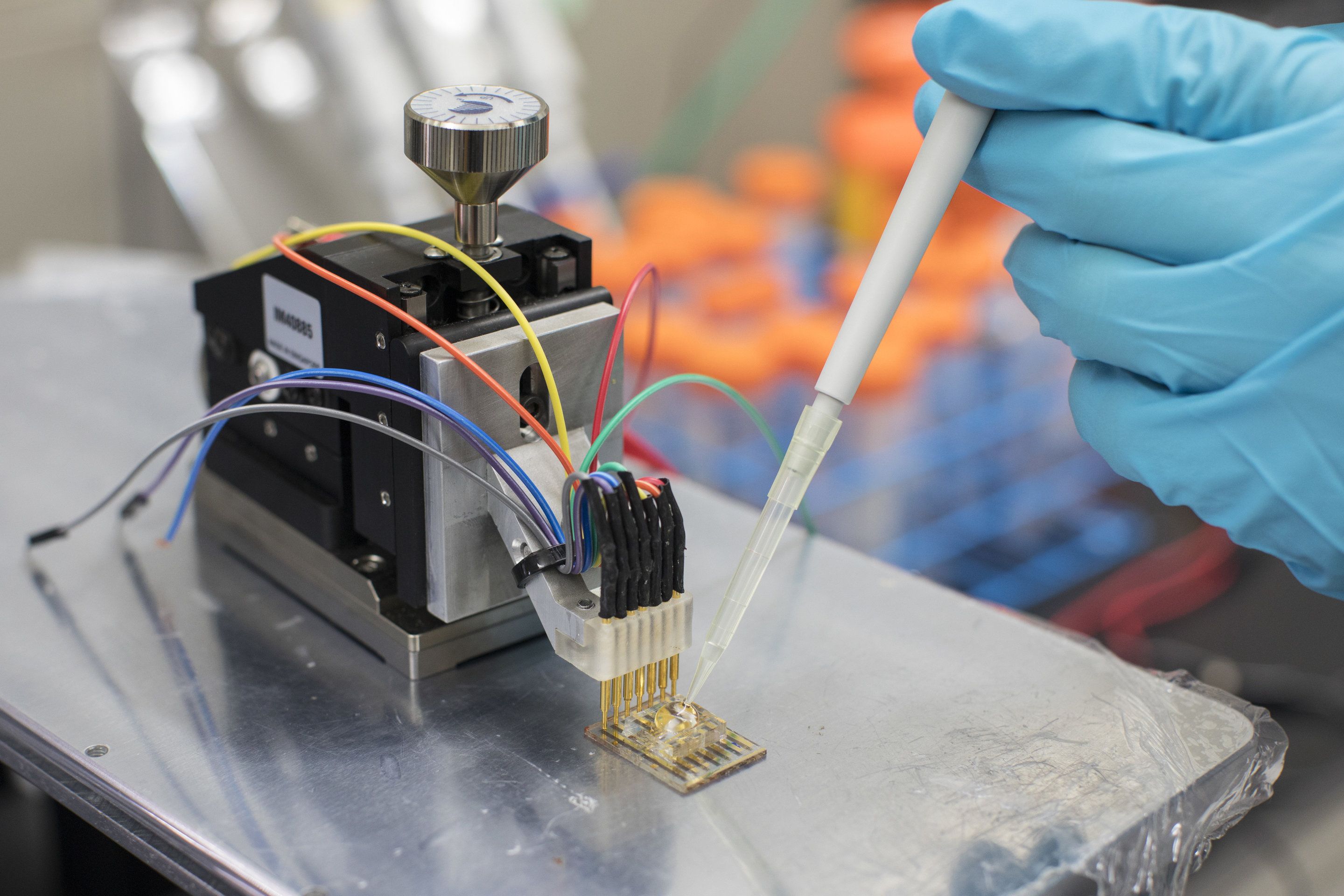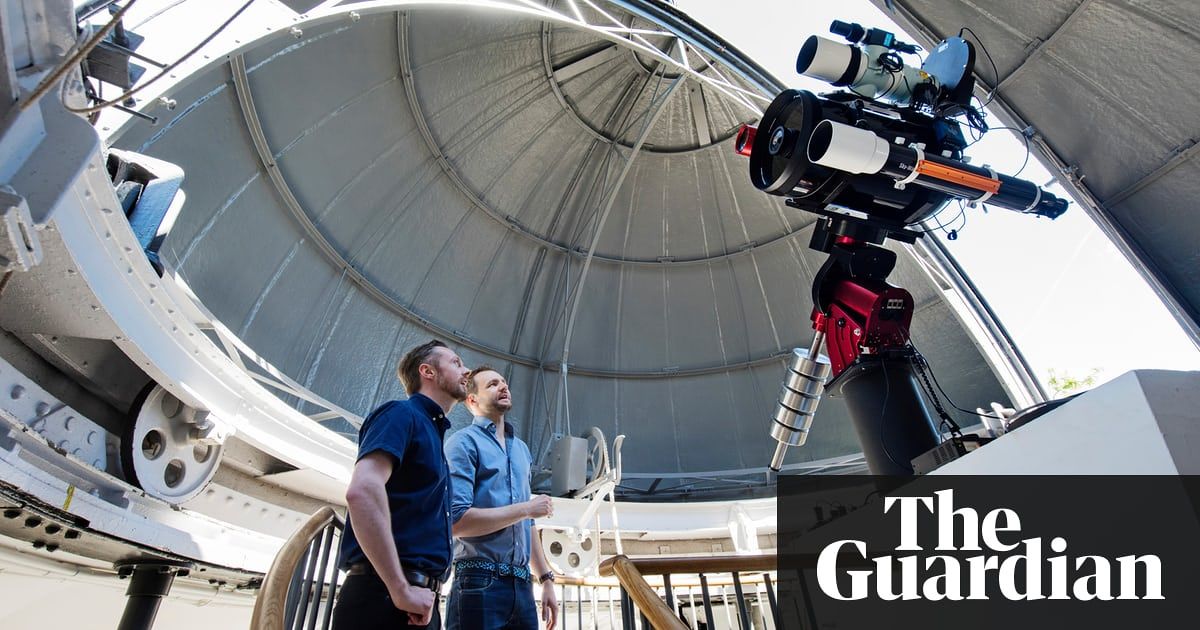Crazy.
Like many other influencers, Lil Miquela Miquela posts photos of herself wearing high-end designer clothing with cleverly crafted captions. But there’s one major thing that’s different about her.


If intelligent life is so likely to exist elsewhere in the universe, why haven’t we found it? Well, the chances of us coming across extraterrestrials are not looking good, according to a new study.
Scientists from the Future of Humanity Institute at Oxford University have revealed that we are probably the only advanced civilization out there, although they can’t say for sure. The team came to their conclusion after realizing that Fermi’s paradox and its supporting theories are somewhat flawed. The paradox is the conflict between the probability that intelligent life exists elsewhere in the universe and the lack of evidence of such.

TRX-1 inhibitor TXNIP might be implicated in increased oxidative stress as we age.
According to scientists at the German Cancer Research Center (Deutsches Krebsforschungszentrum, or DKFZ), the enzyme TXNIP, which inhibits the enzyme TRX-1, might be a regulator of aging and might be a viable candidate for future interventions against age-related diseases [1].
Study summary

Self-driving cars have gone from DARPA project to roaming our streets much faster than anyone predicted, but if you bring the topic up with a grouchy truck nuts-owning uncle, the response is probably going to be “Yeah, but when can I buy one?”
Volvo is making a more concrete (and realistic!) pledge than most of its competitors: to have a Level 4 autonomous car in showrooms, buyable and usable, by 2021. Level 4 doesn’t mean full autonomy, but what it does mean is that you can have the bulk of your commute completely automated.
Don’t Miss : Get the wireless charger that should’ve come with your phone for $13.

Covering roofs and walls of buildings with vegetation is a good way of reducing greenhouse gas emissions. And these green roofs and walls make cities look nicer. Toronto’s central business district adopted a policy of establishing green roofs on around half of all city buildings in 2009. Research shows this could reduce maximum city temperatures by up to 5℃.
We spent the past 12 months analysing the case for more greenery on Australian city buildings, drawing on international comparisons. We’ve shown that a mandatory policy, coupled with incentives to encourage new and retrofitted green roofs and walls, will provide environmental, social and business benefits.
These include improved air quality, energy conservation and reductions in stormwater run-off from buildings, which would decrease flash flooding. Green roofs and walls also become new habitats for biodiversity and can be pleasant spaces for social interaction in dense urban areas.

An international team of researchers have developed a low-cost sensor made from semiconducting plastic that can be used to diagnose or monitor a wide range of health conditions, such as surgical complications or neurodegenerative diseases.
The sensor can measure the amount of critical metabolites, such as lactate or glucose, that are present in sweat, tears, saliva or blood, and, when incorporated into a diagnostic device, could allow health conditions to be monitored quickly, cheaply and accurately. The new device has a far simpler design than existing sensors, and opens up a wide range of new possibilities for health monitoring down to the cellular level. The results are reported in the journal Science Advances.
The device was developed by a team led by the University of Cambridge and King Abdullah University of Science and Technology (KAUST) in Saudi Arabia. Semiconducting plastics such as those used in the current work are being developed for use in solar cells and flexible electronics, but have not yet seen widespread use in biological applications.

Good update on the science around popular mindfulness apps — “It is vital that we understand the potential benefits of engaging with such apps, and how these compare to programs that are taught in-person…”
Let me ask again…want to feel more Calm, get some Headspace, and practice Mindfulness Daily?
There are apps for that—hundreds of them, besides the three I just mentioned.
These apps make a promise: Rather than investing countless hours and dollars in mindfulness classes or mindfulness-based therapy, we can choose to meditate from the comfort of our smartphones. Users are flocking to mindfulness apps in hopes of cultivating kind attention to their own thoughts and feelings, and of reaping the mental and physical benefits that go along with mindfulness.

Reductions in water use first observed in 2010 continue, show ongoing effort towards “efficient use of critical water resources.”
Water use across the country reached its lowest recorded level in 45 years. According to a new USGS report, 322 billion gallons of water per day (Bgal/d) were withdrawn for use in the United States during 2015.
This represents a 9 percent reduction of water use from 2010 when about 354 Bgal/d were withdrawn and the lowest level since before 1970 (370 Bgal/d).

Cutting-edge telescope makes Greenwich a working observatory for the first time in 60 years.
Ian Sample Science editor.

The attack on Rockport is one example in a rising tide of similar invasions of municipal systems across the U.S.—from major cities like Atlanta, which got hit in March, to counties, tiny towns and even a library system in St. Louis. Local governments are forced to spend money on frantic efforts to recover data, system upgrades, cybersecurity insurance and, in some cases, to pay their online extortionists if they can’t restore files some other way.
Hackers are targeting small towns’ computer systems, with public-sector attacks appearing to be rising faster than those in the private sector. Online extortionists demand bitcoin ransom in return for decryption keys.